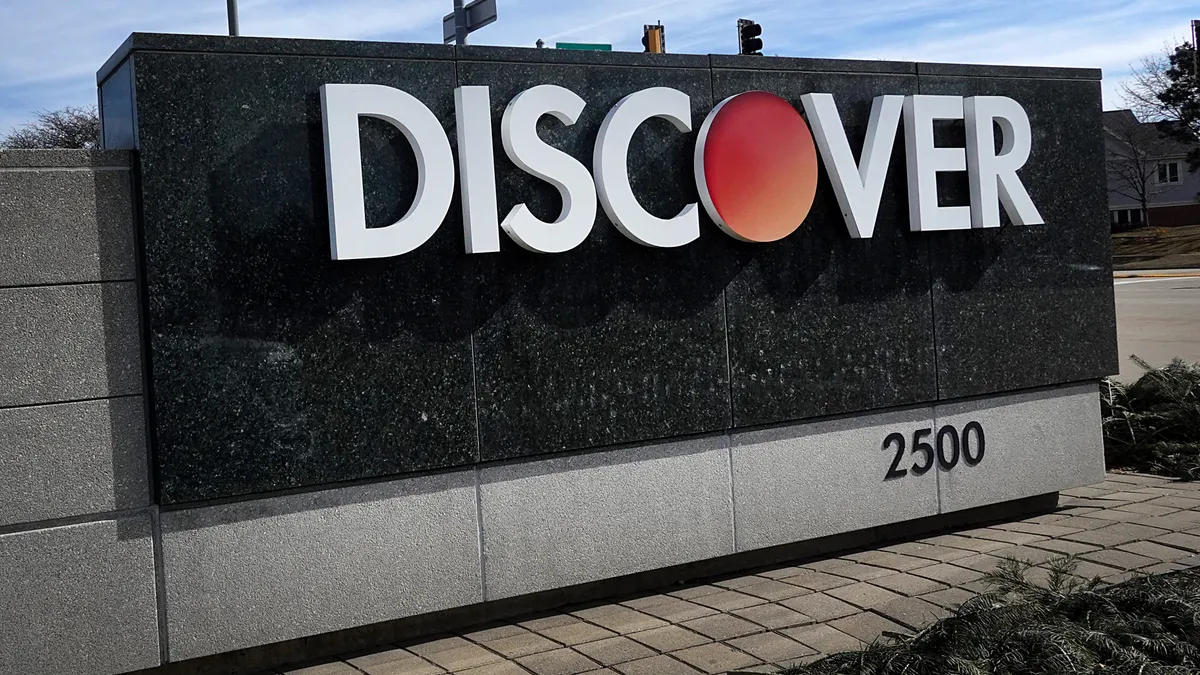Moving beyond buy now-pay later for consumers, Resolve CEO Chris Tsai argues the BNPL concept is better suited to and more sustainable in business-to-business applications.
Resolve, which was spun off from BNPL pioneer Affirm in 2019, digitally enables deferred payments between businesses, in a way that automates and streamlines the process, Tsai said in a recent interview. The company handles credit checks, buyer enrollment, payment requests and payment reconciliation. Resolve acts “almost like a central nervous system” for B2B payments and billing, he said.
Tsai and cofounder Brian Nguyen previously worked with Affirm founder and CEO Max Levchin. As Affirm scaled, merchants sought the same ability on the B2B side. “It made sense to Max to have a close founder group that he knew to basically launch a sister, spinout company,” Tsai said.
San Francisco-based Resolve has raised $85 million in venture capital and isn’t currently seeking more funding, Tsai said. The company declined to comment on its headcount.
Resolve has “issued billions of dollars in purchasing credit” to about 12,000 business buyers mainly in the middle market, Tsai said. The company didn’t immediately provide more details on customers or payment volume. Resolve makes money through transaction fees for its payment services and from software subscription fees, which can range from $99 to $499 per month.
In a July 19 interview, Tsai shared his views on everything from inflation to industry-wide BNPL losses. He provided perspective on the trend from a B2B vantage point.
Editor’s note: This interview has been edited for clarity and brevity.
PAYMENTS DIVE: How is inflation affecting Resolve’s customers and, in turn, the company’s business?
CHRIS TSAI: In this environment, you have to manage cash, cash is king. Our customer base is managing cash very closely, they’re managing risk very closely.
The environment is forcing our seller partners [to be] more conservative. They’re much more inclined to work with a solution like ours, so that they can get paid up front and have their buyers pay later. And the buyers are needing more time to get paid first before they pay.
The flip side to it – there’s kind of a double-edged sword here – there is potentially more risk. In the smaller part of the market that we work with the very SMB-flavored merchants that can’t weather the environment, they might have a higher chance of going belly-up. The buyers, similarly, might be at risk of slow-paying or no-paying. We just have to be on guard for the risks associated with the increased demand.
The power of our model is in this environment, especially when the macro environment is volatile or choppy at best. To be able to manage the complexity of dealing with cash flow, where every dollar counts, for the sellers and the buyers that we work with, is a nice tailwind for us.
BNPL companies aren’t profitable. Do you feel this business model is sustainable for such a nascent concept?
Absolutely yes. The biggest difference between consumer [BNPL] and what we do is the duration of the loan. For Affirm and their competitors, they’re dealing with up to 60 months. In our case, it’s 30 to 90 days. The amount of capital required to fund [consumer BNPL], and the sorts of interest rates you have to charge to make that profitable, is very scary.
There’s a lot of sustainability just in the fact that we are shorter duration. And with the software-as-a-service workflow model, you can just imagine from a software margins point of view, it’s much more sustainable to be a recurring revenue subscription business than a lending business, which is unfortunately where a lot of the consumer buy now-pay later players happen to be.
Do you feel like Resolve will achieve profitability before Affirm does?
[laughed] I’m not privy to Affirm’s profitability ambitions, but it wouldn’t surprise me if we did. I’m not going to commit to an answer one way or another, but based on our unit economics and what I know of Affirm, it wouldn’t be out of the question.
Resolve brought in venture capital in May and December last year. Can you speak to the company’s current cash situation?
Because of the funding we raised at the end of last year, we’re in a very strong cash position. Part of the funding that we put together earlier last year is a mixture of equity and debt, because we do have to fund transactions that are flowing through our system. Both from a warehouse debt facility point of view and an equity cash position, we’re feeling very strong.
What’s another pressing issue for Resolve’s customers?
Supply chain snags are basically causing payment terms to get extended. We do find ourselves in the middle of supporting those on the seller side or the buyer side that are trying to unsnarl themselves from supply chain issues. What we’ve found is that if you provide [credit] terms … it basically relieves the cash flow pressure around any delay in supply chain. That’s been part of the headwinds story. As supply chains get snarled and require longer payment duration, [customers] will use us to basically plug the gap.



















